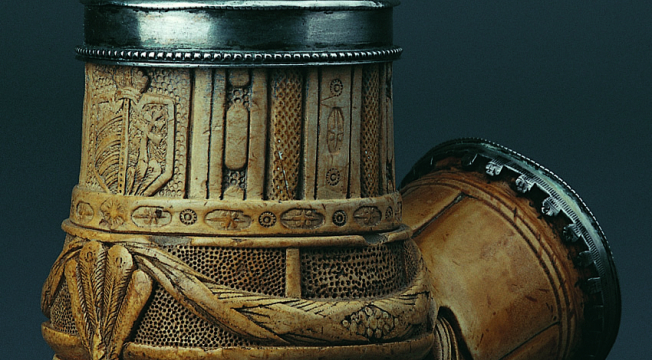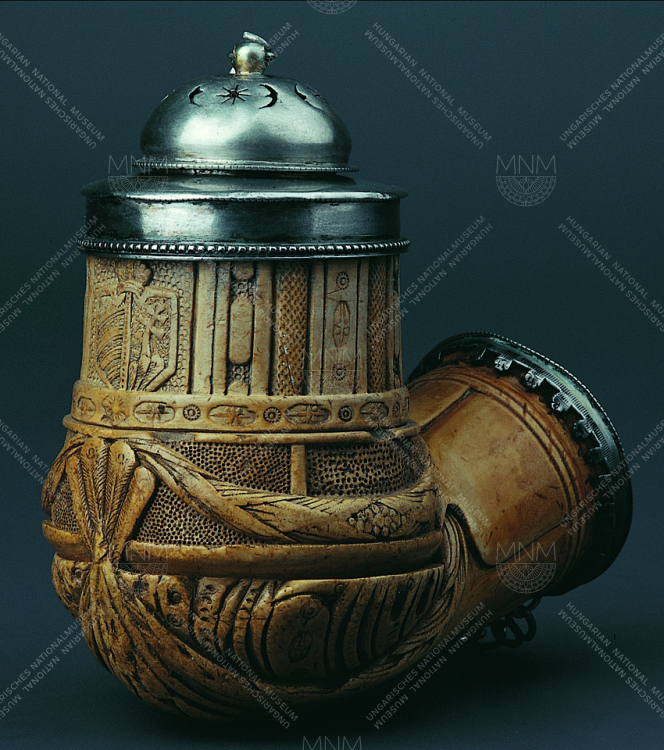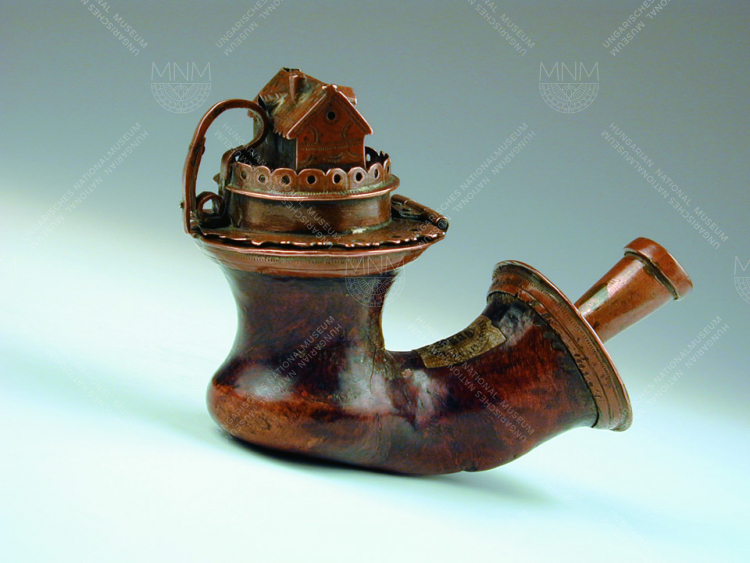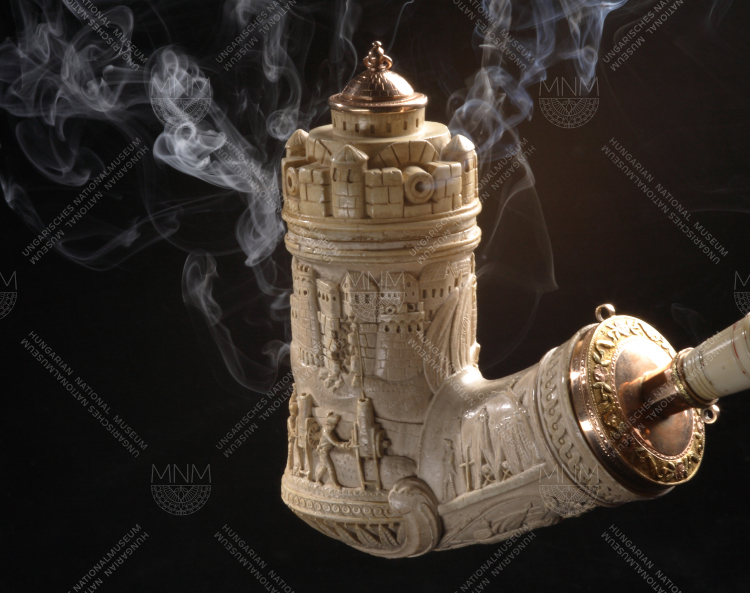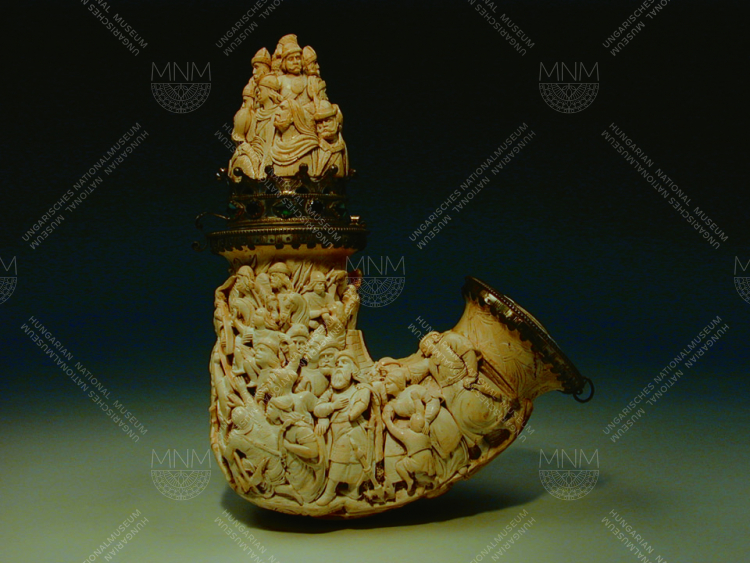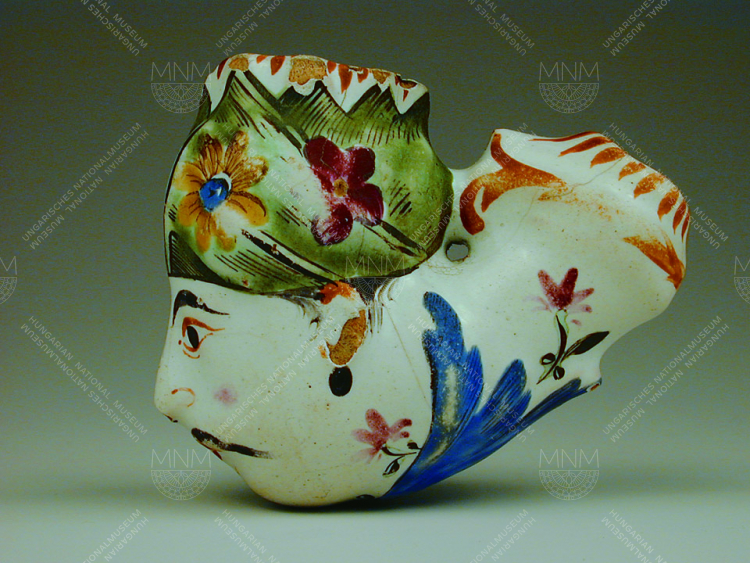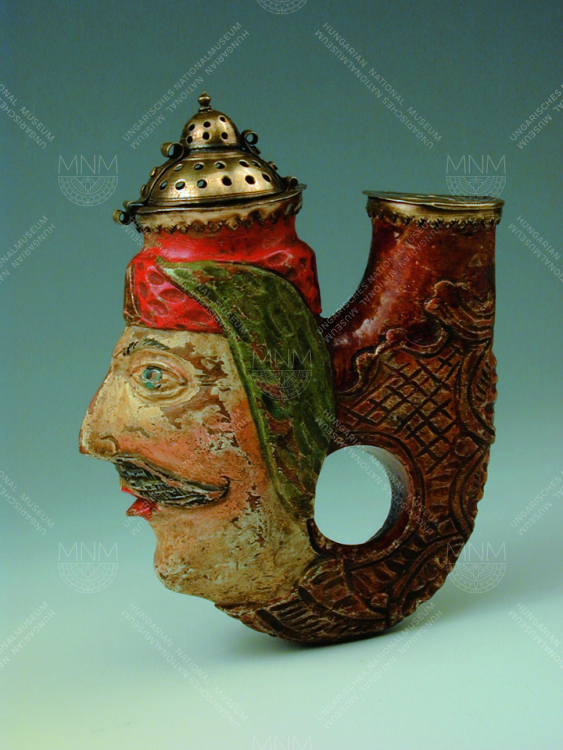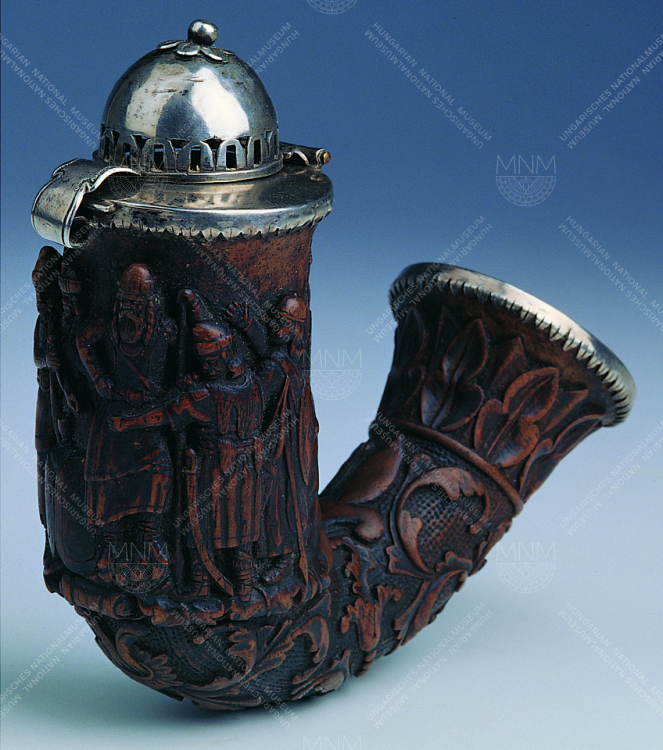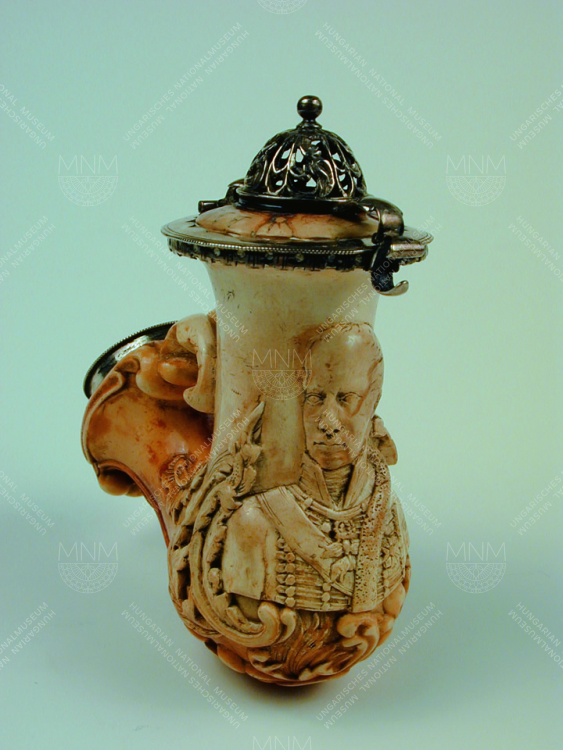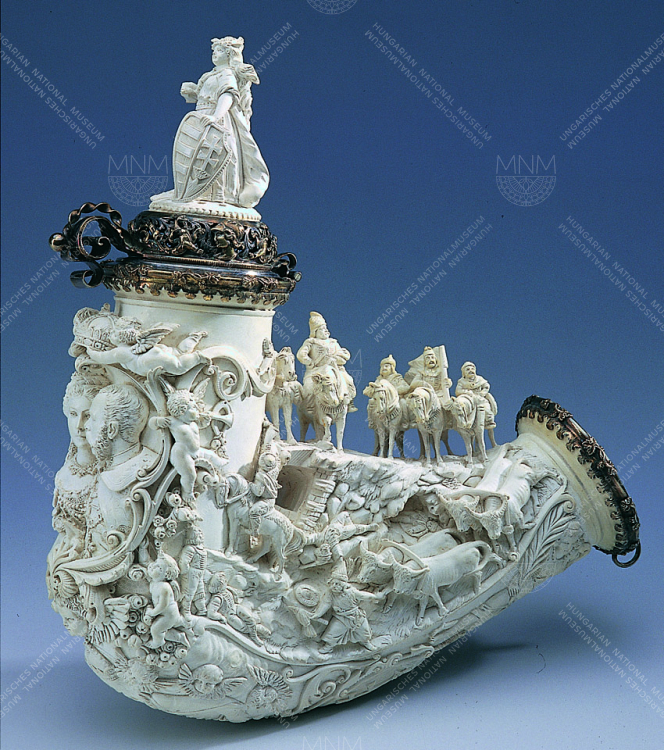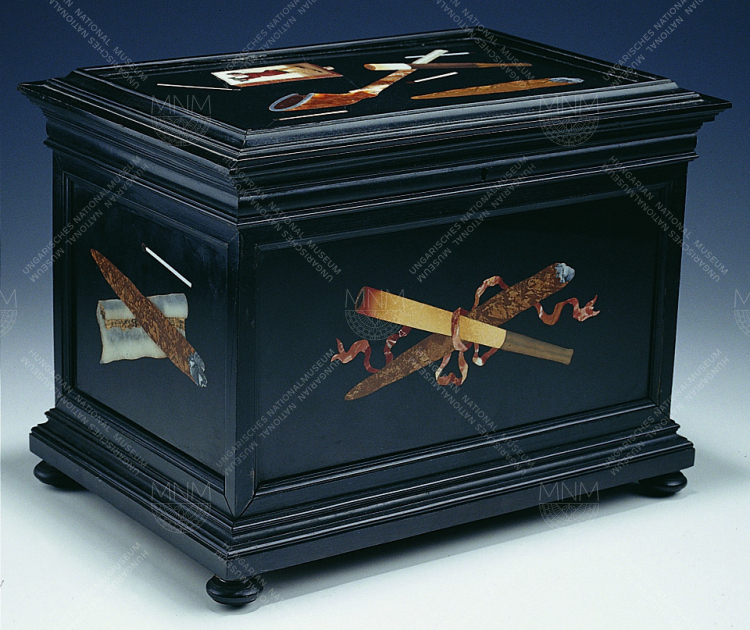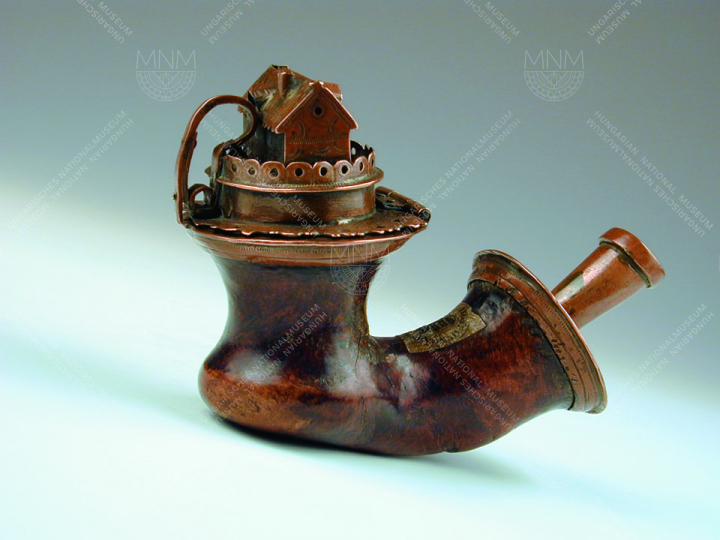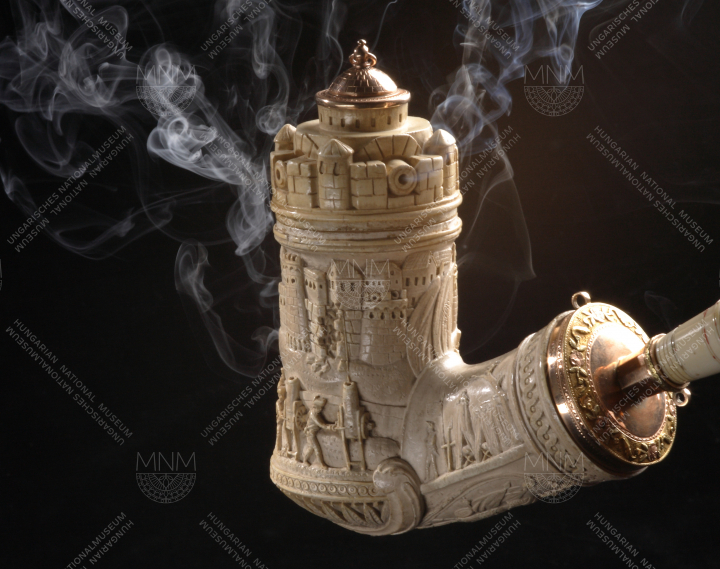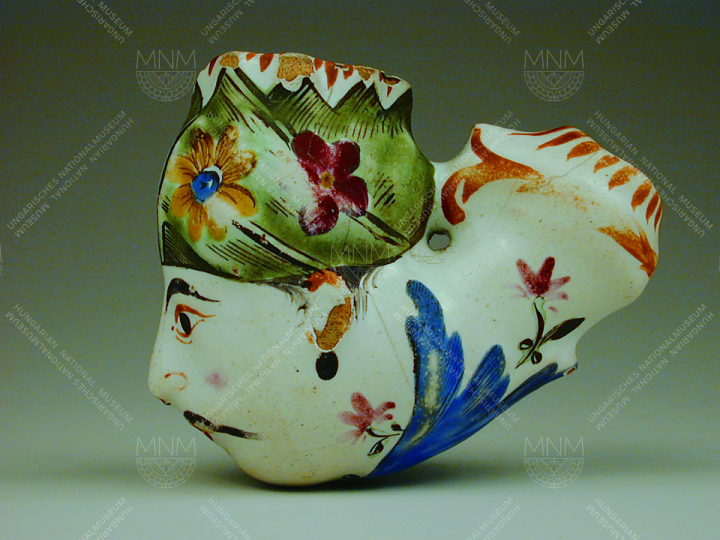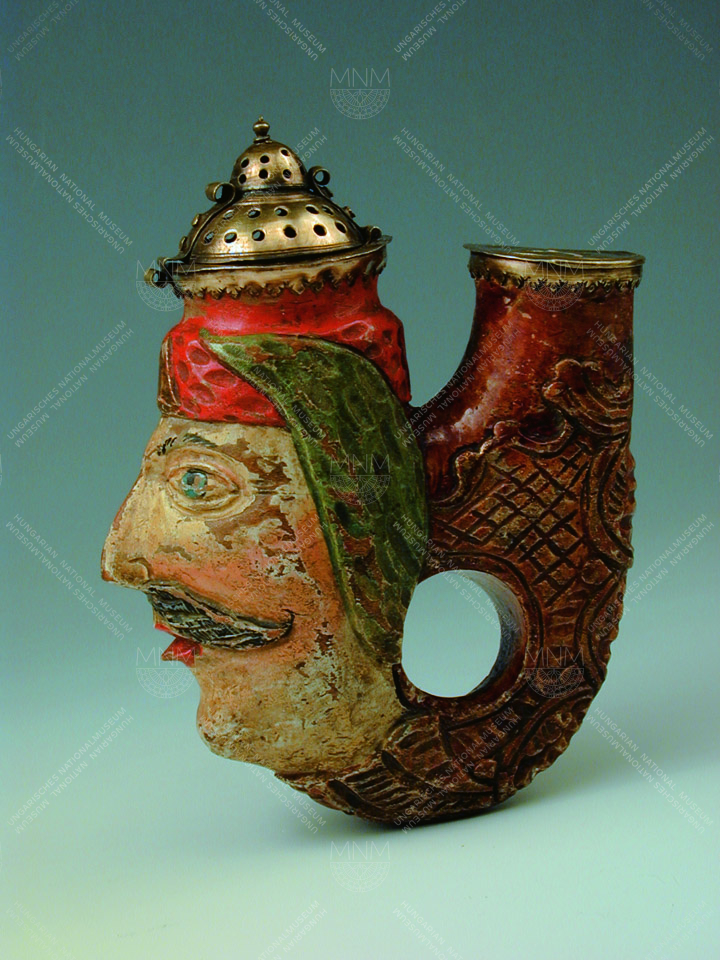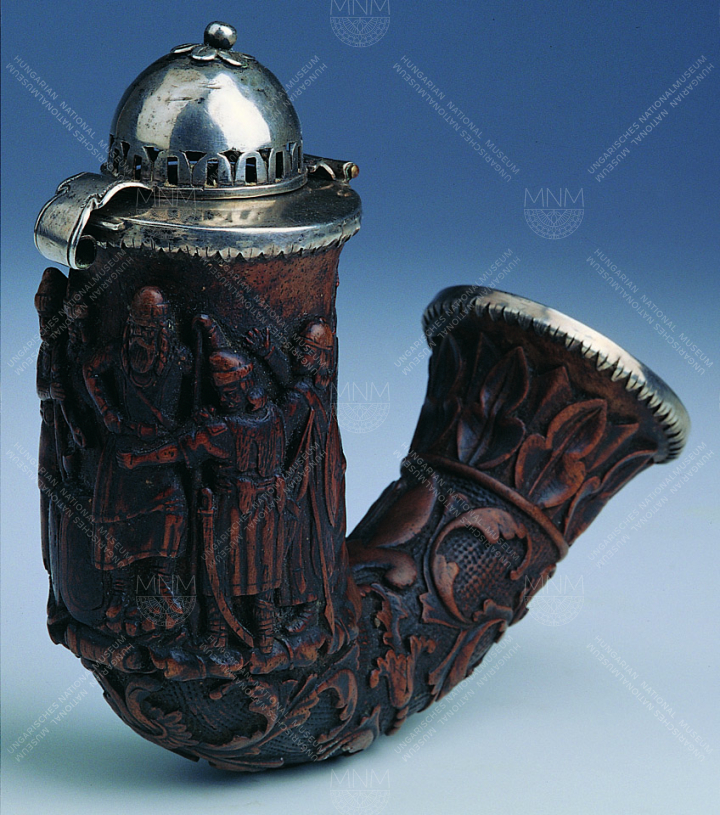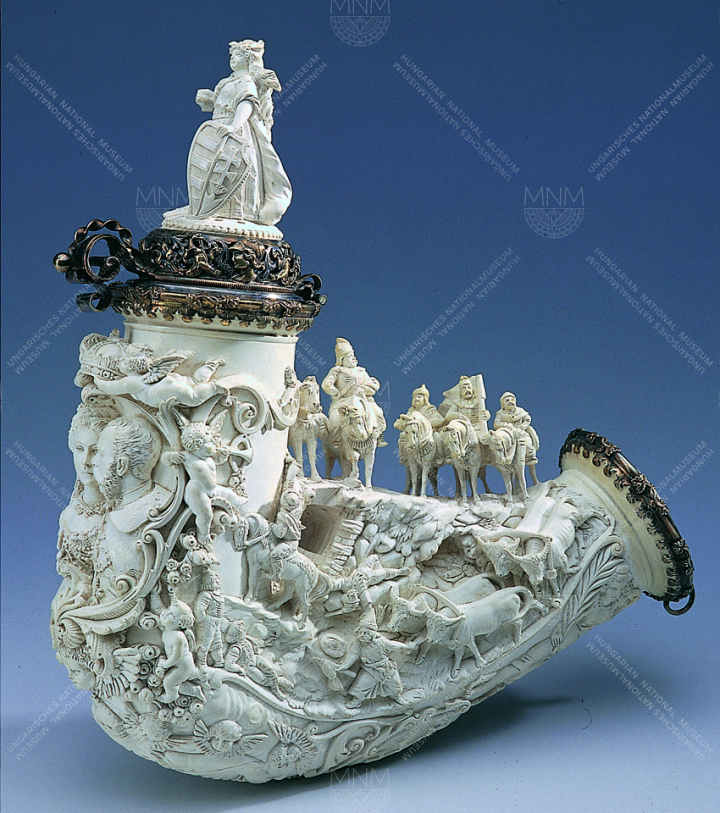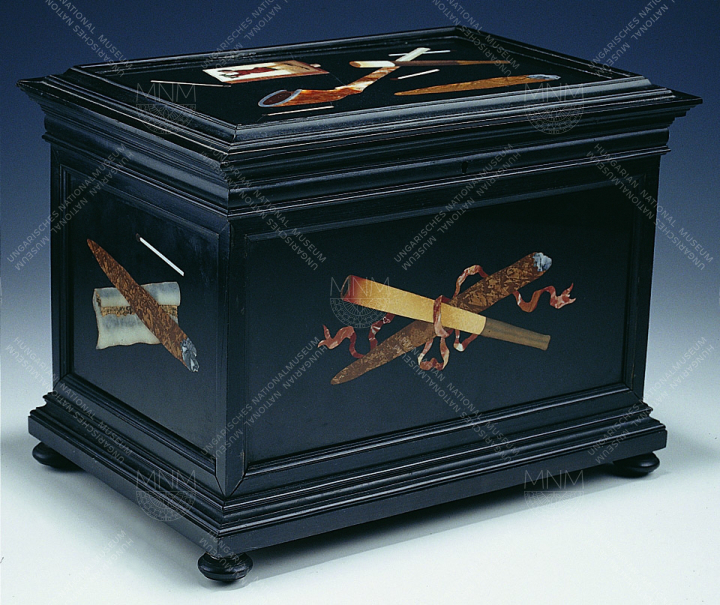
Tobacco was introduced to Europe after the discovery of America. The first data about smoking Turkish ambassadors fascinating the Hungarian aristocracy with their pipes are from the end of 16th century. Through the centuries the habit of smoking became very wide-spread and refined pieces of pipes were highly valued by men.
The Smoking Collection of the Hungarian National Museum was set up in 1974. The first item belonging to the future collection had been donated to the institution in 1813 by the magistrate of Komárom county. The brass-topped pipe had supposedly belonged to a Turkish beg. Due to the continuous, numerous donations, the Hungarian National Museum now has the largest and most significant collection dealing with the history of smoking.
Content of the collection:
Earthenware clay pipes. People mostly used English or Dutch clay pipes to smoke tobacco in the 17th century. Since these items were extremely fragile, only some splinter and small, broken pieces of them have been found. Nevertheless clay pipes in shape of moustached Turkish men have been found in large quantities. Hungarian potters had been inspired by these pipes and further refined the type. The most famous pipe workshops emerged in Eger, Buda and Debrecen.
Faience and porcelain pipes. Porcelain pipes were first manufactured in Meissen. Later on other towns were involved in their production. These little artworks could serve as display items in a vitrine, as a gift or as a jewel of a collection.
Wood pipes. Initially wood had only been used in lean years. However, later on this basic material was adjusted to the likes of distinguished gentlemen. Certain pipes represent a serious value thanks to their carvings and uniqueness.
Sepiolite pipes. Sepiolite is a type of gray or yellow-coloured sea sediment. It is a lightweight, well-adjustable stone. By carving it, real gems of art can be created. Masters in the era national romanticism were delighted to depict Hungarian historical events on their masterpieces.
Cigar and cigarettes. This way of smoking is represented by only a few objects in the collection, thus there are only one or two cigarette trays and ashtrays preserved in our museum.
In addition to the several types of pipes, smoking supplies, wall-fitted cabinets for pipes) some additional documentation material (pipe catalogues, advertisements) can be found in the collection.








